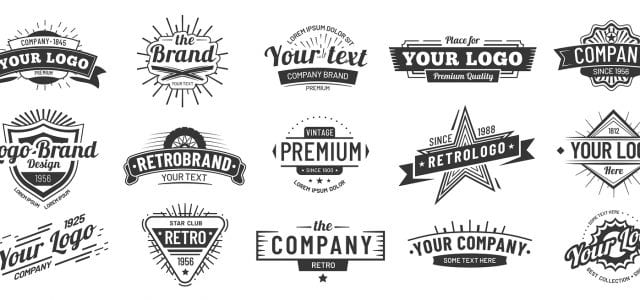Coming up with the perfect design for your mailer doesn’t just happen. It requires careful consideration of your audience, what you’re sending out, and the fundamentals of what makes a good design. When it gets to the point where you’re actually putting images on the page, there are some key rules to follow in order to run a successful and effective campaign.
1. Consider Your Medium
Depending on what you’re sending, you might have different priorities for your design. One thing that remains consistent is that you have limited space. Unlike a web ad that can expand and be scrolled through, physical mail needs to be within a set page size. You need to make sure the information you put on your mailer is direct and clear without too much explanation.
If you just send a postcard packed with too much information about your offer, you might as well not try for an engaging design. However, if you choose wisely what your mailer needs to say, a well crafted design is crucial to attract the attention and engagement of your audience.
2. Text
Your mailer’s goal is to convey information. Whether it’s about a major sale or a grand opening, your audience needs to be able to read it. Using the right kind of typography can make the difference between getting a response and getting nothing at all. If customers cannot read overly stylized text on your mailer, there’s no way they’ll be able to follow up on it at all.
3. Color
Color can convey a lot about your message. It can also determine whether or not someone even looks at your mailer. Finding the right balance makes a difference.
A bright orange mailer definitely attracts attention, but it can be hard to read. Using a carefully coordinated color palette makes the difference between attractive and obnoxious. A good move is to find colors that complement your business’s logo and/or the other images used in the design.
4. Balance
Finding the right balance between the different aspects of your design makes the difference between something your audience will consider and what they’ll throw away. Too much or too little text, text that’s all crammed together or too spread out, or all of your elements on one side versus another are all examples of a lack of balance.
Ensuring that your image has a proper balance comes from experience and knowing how to find that balance even with asymmetrical designs. Using different elements with different scales, contrast, and colors can create this sense of balance.
5. Clarity
You don’t want your readers to be confused about what is the most important part of your mailer, so making sure your text and images accurately convey that importance. Think about the last ad you saw: The disclaimer was probably not in big text across the top of the image right? Using different fonts, sizes, or colors, it’s possible to make it obvious to your readers what they should be reading first.
6. Find Your Own Style
You can look at other examples of mailers all over the internet—or even in your own mail—to see what works and what doesn’t. Draw inspiration from those you enjoy, but make sure you make it your own. The rules we mentioned are important to keep in mind, but once you have a good handle on your designs, it might be time to step out of line. Doing something a little different and even against normal design conventions is a great way to stand out if you know how to do it effectively.
Initially, these tips can feel restrictive and it can be difficult to incorporate all of them without experience. Reaching out to experienced teams of designers that can give direction and walk you through the process can be a great start towards getting a handle on your design process.






Good info thanks for it..visit website fo latest label printing service and business cards service…..
Print design is so important. Every detail will determine how that advertisment will be viewed by a potential client. Also, quality of the print cannot be overstated. A great design can be easily wrecked by poor quality. Great tips, thanks!